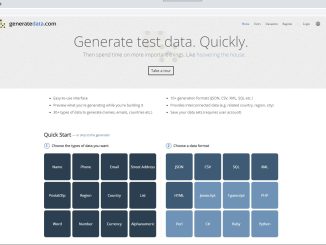Tutorials and resources on how to apply test automation in software testing
Are your cybersecurity protocols scaling in tandem with your software test automation frameworks? In an era dominated by accelerated development cycles, conventional endpoint protection often falls short in addressing contemporary threats.
Most of your software testing activities will require to use data. Sometimes it could be just a small amount, however if you must test a feature to deliver an order confirmation on more than one page, then you need something other than a few items.
Software development has come a long way since its inception – from punch cards and assembly code to modern frameworks and agile methods. However, as technology advances, so do the complexities that developers face. Any small glitch or vulnerability can now have devastating consequences. That’s why software quality assurance (QA) is more important than ever.
Complex multi-level software projects require the development of specific functionality and a thorough check of its operation. Test automation can significantly speed up the software testing process, improve its accuracy and efficiency, reduce the risk of errors, and, as a result, increase end-user satisfaction.
Electronic Health Records (EHR) systems are foundational tools in modern healthcare, providing a digital version of a patient’s medical history. As healthcare becomes more integrated, the ability of EHR systems to communicate and exchange data with other systems — known as interoperability — is crucial.
Craft breweries are celebrated for their innovative flavors and personalized touch, yet they face challenges similar to any modern production industry, including consistency, efficiency, and quality control.
The modern software development cycle is increasingly complex, necessitating systems and processes that can adapt and scale swiftly. Companies strive to maintain robust, error-free software solutions by investing in sophisticated software testing methods.








